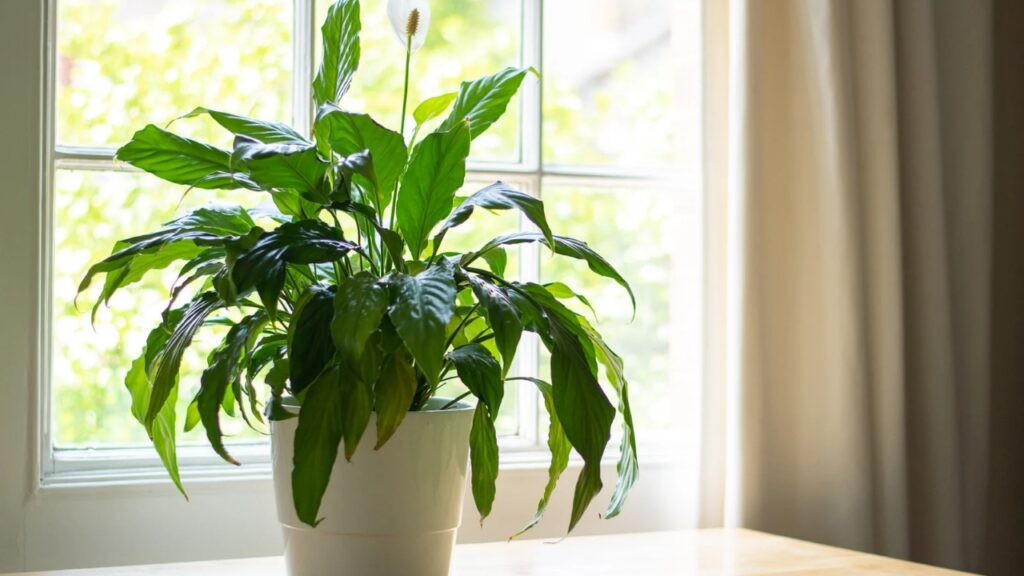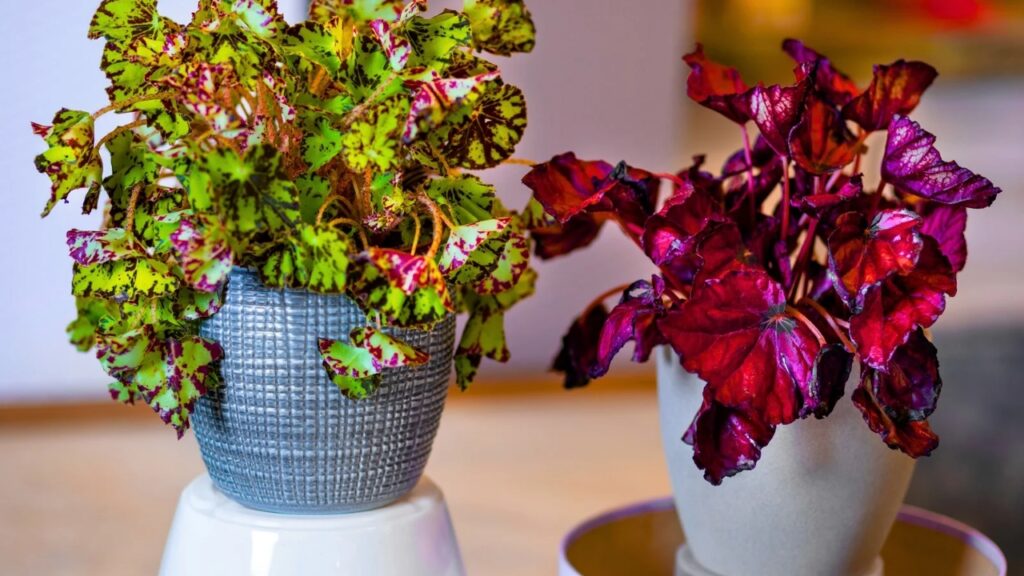It’s difficult to keep foliage healthy, as anyone who has ever removed a standard houseplant can attest. Because we domestic plant predators tend to think alike, we select low-light cultivars.
Although sunshine plays a significant role in vegetative life, there are numerous other factors at work, so poor lighting does not always translate into minimal sustaining.
So, if you want to add indoor plants to your space but don’t know where to start, let us help.
The best low-light plants can survive extended periods of darkness (like the entire winter) and can even thrive with comparatively little UV light. Friendly snake plants and ZZ plants are thought to be two of the best indoor plants for low lighting conditions.
The best strategy is to combine less maintenance and insufficient sunshine for fresh plant caregivers or those who have trouble with vegetation.
Once you’re comfortable with it, we suggest starting with a very basic plant surface, like a spider plant or plant pothos, and then expanding your arsenal from there as well.
Peace Lily

Peace lilies are among the greatest plants for absorbing moisture and cleansing the air since they enjoy wetness. Although they require a lot of sunlight to bloom, they can also thrive in dim light with sporadic exposure to the sun. They also take very little care; for optimal results, keep them near your warm shower and keep the soil moist.
Spider Plant

Spider plants are excellent at collecting moisture and air pollutants, and they flourish in humid conditions. Although they don’t need much care, they do need bright, indirect sunlight. Because they generate baby spider plants that you can clip off and use to expand your collection, they’re also quite affordable!
Snake Plants

The snake plant, also called Mother-in-Law’s Tongue, is an excellent dehumidifier that also purifies and filters the air. They need little more than the occasional watering to flourish in a pleasant, humid bathroom environment, yet they will also thrive in low light.
Boston Fern

The Boston fern is among the finest at absorbing moisture, but ferns in general thrive in bathrooms because they enjoy wet environments. Its leaves will turn yellow if it doesn’t get enough moisture, so keep it close by when you take a shower and spritz it occasionally if it seems to need it. Keep your Boston fern in a shaded area of your bathroom because they thrive in indirect sunlight.
Begonia

Begonias, which are native to tropical and moist regions, are among the best plants for collecting moisture. When they’re doing well, they will reward you with clusters of fragrant, colorful flowers. Select rhizomatous or fibrous plants and place them in an area that receives dappled sunlight.
Tillandsia

Because they don’t need soil to develop, these mysterious moisture-absorbing plants are more commonly known as air plants. They prefer dampness because they obtain their moisture and nutrients from the atmosphere. They are the ideal choice for those of us who are less environmentally conscious because all they require is a little sunlight to be content!
Aloe vera

The humidity in your bathroom is ideal for aloe vera, a plant that thrives on sunlight and requires very little water. Aloe vera is used to soothe skin, cure small burns, and lessen itching, in addition to being beautiful and aiding in air dehumidification.
Staghorn Fern

Water: Once a week, perhaps less frequently throughout the winter.
Staghorn ferns thrive best in areas with limited sunshine and high moisture content. They are well worth the expense, even though they need more maintenance than some of their tropical cousins on our list. To preserve your health, be sure to provide enough ventilation, hot temperatures, high humidity, and consistent moisture.
They are ideal for restrooms and dorms since they are not only aesthetically pleasing but also have the capacity to clean the environment. However, you can put them anywhere you like because they don’t hurt pets.
Heartleaf Philodendron

Water: roughly once per two weeks
The vegetation, which earned the moniker “sweetheart plant,” has glossy leaves that can tolerate low light levels but must be clipped to prevent them from growing into long, isolated branches.
To keep them flourishing, reposition them sometimes, water their substrate every day, and trim them often. Don’t be fooled by the name, though; these types of plants are quite dangerous if eaten by any kind of animal.
Dieffenbachia Plant

Water: Every two weeks.
Because dieffenbachias prefer daylight through filters, you might want to use a window covering to protect your lush foliage from the sun’s often harsh rays, especially during the spring and summer.
Avoid wetting the gravel after the first few inches have completely drained, and then fill the planter with enough liquid to saturate the soil. This species is toxic to pets, so keep it out of your furry companions’ reach, much like the other many houseplants on our list.
Calathea Peacock

Water: roughly once every three days
The vivid calathea, flecked with red and blush, adds a dramatic touch to your home garden collection.
Because it loves the direct sunshine so much, it might be in the sun for at least eight hours every day. In the shadows, however, it is happy. This specific plant is safe to keep as a pet.
Variegated Schefflera

Water: ten days apart
Variegated Schefflera species, which are native to Taiwan and southern China, bloom sparingly, so you don’t have to worry about them encroaching on a restricted area. They are therefore a great, less-light choice.
The only problem? Since these plants are only ideal for ground-level placement and are not suitable for pets, it could not have been a good choice for anyone with pets of any type.
Peperomia Obtusifolia

Water: roughly once per two weeks
With its dense, spoon-shaped foliage, this adorable little plant can tolerate low light levels and is pet-friendly. In fact, intense radiation can damage adhesive leaflets.
Bird’s Nest Fern

Water: Once every two weeks, or more often in warmer climates.
The ruffled tips of the bird’s nest fern give it a peculiar, playful look. The bird’s nest fern is another species that can be kept as a pet and can thrive in moderate to low levels of indirect light. In a dark setting, it cannot grow about as quickly as similar flora, but it won’t become noticeably less healthy—especially if it’s getting enough food. Finally, neither humans nor animals are in danger from it.
Ponytail Palm

Water: Every two weeks.
This amusing plant, which many call the Dr. Seuss tree, can grow into a full-fledged tree or just the proper size to rest on a surface. Additionally, it can adapt to nearly any lighting condition and flourish there.
These plants thrive when there is relatively little moisture present. They are a fantastic choice for anyone looking to add some lush flora to their home design because they are also safe for domestic pets.
Money Tree

Water: Six to eight liters every three weeks
If you want a larger residential plant that is safe for pets and can tolerate moderate-indirect radiation, a money tree is a fantastic option. It immediately attracts notice with its sleek, twisting column.
It is also a breeze to maintain. Just be sure to place it a few inches away from a bright windowsill and in a soil mixture that drains well. Instead of straining toward the glass aperture, occasionally turn it to continue its gradual growth.
Anthurium Red

Water: roughly once every three days
If you want to give your home a splash of color, a red anthurium is the best choice! For up to eight weeks, the flamingo blossom, as it is commonly called, may continue to bloom.
Philodendron Brasil

Water: once every seven days
With a maximum height of three to six inches from the base layer to the tallest point of the leaves, the Philodendron brasil is a great option for adding vivid hues to an empty wall or windowsill.
It enjoys strong oblique daylight but can withstand moderate to low amounts of indirect sunlight. In other words, keep it out of your animals’ reach because it can be quite dangerous for all kinds of pets.
Zz Plant

Water: Survive with little light about every three weeks. We suggest starting with a basic plant, like lucky bamboo or pothos, and working your way up from there.
Which Indoor Plant Does Not Require Light?
Although light is necessary for some plant life, others need much fewer rays and can thrive just as well in artificial lighting as they can in the sun. The ZZ plant, sometimes called the eternity plant, actually prefers shaded spots.
Actually, intense sunlight will burn the leaf tissue and stop the sprouts from growing. Don’t worry; just with The Sill, this plant can withstand drought and doesn’t need much water, so you don’t have to constantly mist its leaves.
Because it collects water from its environment, it may be sustained for a long time. It’s an excellent choice for a corporate setting or workstation as well as for a beginner plant caretaker.

